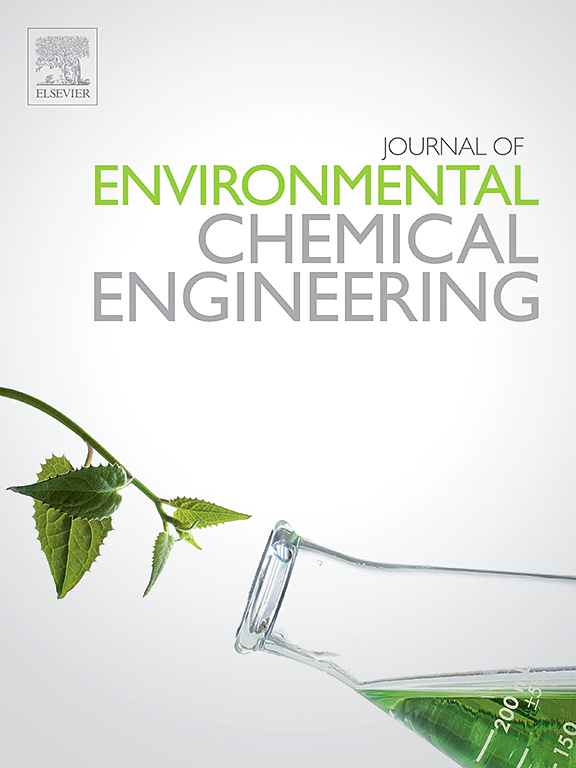Recent advances in environmental applications, emerging synthesis methods and characterization techniques of single-atom catalysts
IF 7.4
2区 工程技术
Q1 ENGINEERING, CHEMICAL
引用次数: 0
Abstract
Single-atom catalysts (SACs) have been of great interest to researchers since their inception due to their high atomic utilization rates (up to 100 %), unique geometrical configurations, abundance of active sites, and excellent activity and selectivity in various catalytic reactions. Herein,we make an overview of the progress in SAC research in recent years, including a brief description of traditional synthesis and SAC characterization methods, highlighting new synthesis methods and the incorporation of density function theory (DFT) to guide catalyst development, analyzing current research bottlenecks, and looking ahead to the future of SAC research in terms of new development strategies and the application of new materials. In conclusion, our work provides some references for future SAC research work, especially on synthesis strategies and industrial applications.
单原子催化剂环境应用的最新进展、新兴的合成方法和表征技术
单原子催化剂(SACs)由于其高原子利用率(高达100% %)、独特的几何构型、丰富的活性位点以及在各种催化反应中优异的活性和选择性,自诞生以来就引起了研究人员的极大兴趣。本文综述了近年来SAC的研究进展,包括对传统合成方法和表征方法的简要介绍,重点介绍了新的合成方法和结合密度泛函理论(DFT)指导催化剂开发的方法,分析了当前的研究瓶颈,并从新的发展策略和新材料的应用方面展望了SAC研究的未来。本研究为今后SAC的研究工作,特别是合成策略和工业应用提供了参考。
本文章由计算机程序翻译,如有差异,请以英文原文为准。
求助全文
约1分钟内获得全文
求助全文
来源期刊

Journal of Environmental Chemical Engineering
Environmental Science-Pollution
CiteScore
11.40
自引率
6.50%
发文量
2017
审稿时长
27 days
期刊介绍:
The Journal of Environmental Chemical Engineering (JECE) serves as a platform for the dissemination of original and innovative research focusing on the advancement of environmentally-friendly, sustainable technologies. JECE emphasizes the transition towards a carbon-neutral circular economy and a self-sufficient bio-based economy. Topics covered include soil, water, wastewater, and air decontamination; pollution monitoring, prevention, and control; advanced analytics, sensors, impact and risk assessment methodologies in environmental chemical engineering; resource recovery (water, nutrients, materials, energy); industrial ecology; valorization of waste streams; waste management (including e-waste); climate-water-energy-food nexus; novel materials for environmental, chemical, and energy applications; sustainability and environmental safety; water digitalization, water data science, and machine learning; process integration and intensification; recent developments in green chemistry for synthesis, catalysis, and energy; and original research on contaminants of emerging concern, persistent chemicals, and priority substances, including microplastics, nanoplastics, nanomaterials, micropollutants, antimicrobial resistance genes, and emerging pathogens (viruses, bacteria, parasites) of environmental significance.
 求助内容:
求助内容: 应助结果提醒方式:
应助结果提醒方式:


